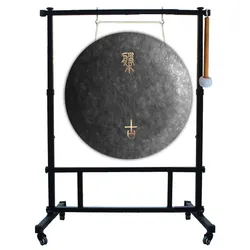A short guide. In recent years, the wellness industry has seen a significant shift towards sustainability and eco-conscious practices. Among the many tools used for healing and meditation, crystal singing bowls have emerged as popular instruments that not only enhance spiritual experiences but also promote physical and emotional well-being. This article delves into the importance of choosing environmentally friendly and safe crystal singing bowls, exploring their benefits, materials, and the impact they have on our health and the environment.
Understanding the Benefits of Environmentally Friendly Crystal Singing Bowls
Crystal singing bowls are renowned for their ability to produce harmonious sounds that resonate with the body’s energy centers or chakras. However, the benefits extend beyond mere sound therapy. Environmentally friendly crystal singing bowls are crafted from natural materials that do not harm the planet during production or use. By choosing these bowls, practitioners can enjoy their therapeutic benefits while also contributing to a healthier environment.The use of sustainable materials in the production of crystal singing bowls ensures that artisans are not depleting natural resources or harming ecosystems. This commitment to sustainability often translates into higher quality products that resonate better and last longer. Furthermore, these bowls often carry an energy that reflects their ethical origins, enhancing the overall experience during sound healing sessions.
Why Choose Safe Materials for Your Sound Therapy Needs?
Safety is paramount when it comes to any wellness tool, especially those used in sound therapy. Traditional crystal singing bowls can be made from various materials, including glass and synthetic compounds, which may contain harmful substances. In contrast, environmentally friendly options are typically made from natural quartz or other safe minerals that do not pose any health risks.Using safe materials is essential for several reasons. Firstly, it minimizes the risk of exposure to toxins during use. Secondly, it supports ethical manufacturing practices that prioritize worker safety and environmental health. Lastly, safe materials often lead to better sound quality, allowing for a more profound therapeutic experience.
Environmentally friendly water paint certificate








